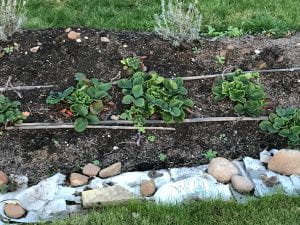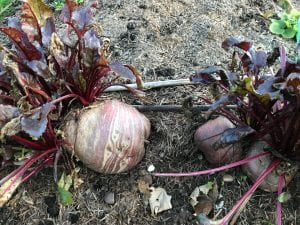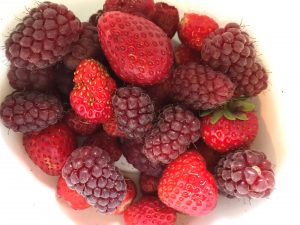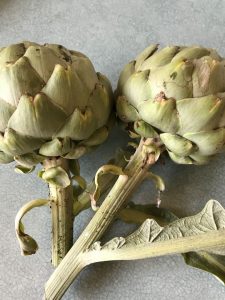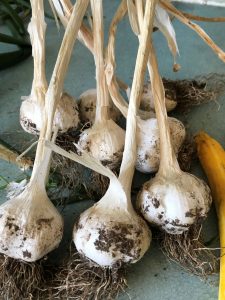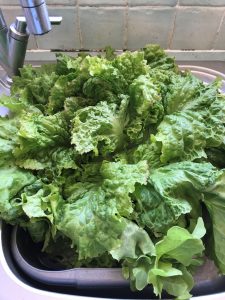Six on Saturday – 02/01/21
This is my second Six on Saturday hosted by The Propagator, the first one for 2021 and there are certainly things I will not miss from last year. However, what this time has meant is that I have had much more time in the garden and on the allotments and this has been to their and our benefit. So, here are my six for this week all based on new year resolutions linked to the garden and allotments.
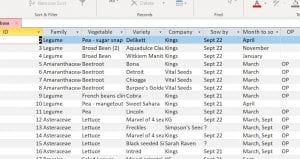
My first resolution is to be more organised. I realised the other day that my blog is littered with phrases such as I don’t know which variety they are, I didn’t label them or I have forgotten what they are.’ I have used Access and so now I can type in a month and up will pop all the seeds I need to sow that month. I have then created, on paper for the moment!, a bed plan that is month by month so that I don’t have any spare beds hanging around empty at any point during the year. Last year I thought I didn’t have enough space but with 2 plots and a large garden that is ridiculous. These two things need integrating but that was beyond me at the end of December.
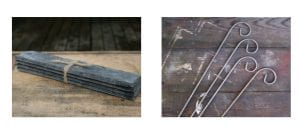 In order to support resolution number 1, I have bought some very fancy labels – metal hooks which you stick in the ground and slate labels that you hang from them. This was a present to myself and they will be used specifically for veg or flowers that I want to collect seed from. Even if the writing wears off, I will at least know which plants to collect seed from. All I need now is a marker to write on the slate – note to self! The whole system could come crashing down for want of such marker.
In order to support resolution number 1, I have bought some very fancy labels – metal hooks which you stick in the ground and slate labels that you hang from them. This was a present to myself and they will be used specifically for veg or flowers that I want to collect seed from. Even if the writing wears off, I will at least know which plants to collect seed from. All I need now is a marker to write on the slate – note to self! The whole system could come crashing down for want of such marker.
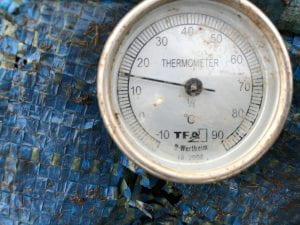
I will make hot compost this year, before July. At present I am not building the heap big enough and do not have enough greenery and manure in it. This will be remedied in January’s pile. (You can see November and December’s attempts but they are not pretty!) I have agreed to create a pile each month to see what happens. I am learning a LOT. What I am finding is that it is far more work in comparison with the way I normally make compost. The videos I have watched about it all have volunteers on training and they build and turn the pile. We hold a sort of allotment school on the plots to help new members and I am one of the people that helps to run it so that has given me an idea 😉

We so rarely have heavy frosts on the south coast but have done so for the last 2 days with more to come. These are my new strawberries – Malwina – a late type, but they have an absolutely delicious taste. I bought my first lot a year ago because the catalogue said that the taste was exceptional but they were too dark red for supermarkets and had a white line just underneath the leaves which doesn’t turn red. Why wouldn’t you try them? Anyway they are so good I have ordered more along with some hanging baskets. I will pot them up into the baskets and then at the end of January/start of February hang them in the polytunnel to force them and try and get some a little earlier.
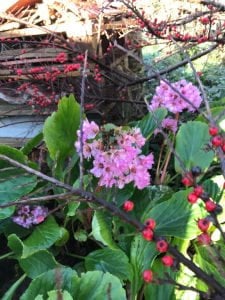
The Bergenia are flowering on the wildlife plot and look fantastic. I am not sure what variety they are (I didn’t plant these before you say anything!) but they are a welcome sight especially for the queen bumble bees which fly around when the sun is out. I took over the wildlife plot in September 20 and decided to list everything that flowers, fruits and seeds on the plot each month and then aim to increase the numbers of each in the years thereafter as we have lots of beekeepers on site. We have three things flowering this month, the Bergenia, Jasminum nudiflorum and a Viburnum. We can surely do more than that next year; I am thinking of Winter Honeysuckle, Christmas Box and pansies which can also be eaten in salads.
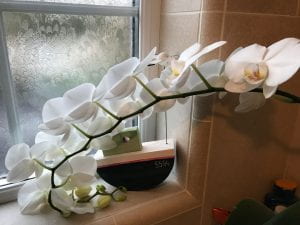 And finally, with no resolution attached to it is the orchid in my bathroom which has a very long stem of flowers this winter. I have learnt: feed it all spring and summer and it will flower all winter for you. Beautiful.
And finally, with no resolution attached to it is the orchid in my bathroom which has a very long stem of flowers this winter. I have learnt: feed it all spring and summer and it will flower all winter for you. Beautiful.
Happy New Year everyone and do you have any garden resolutions?
